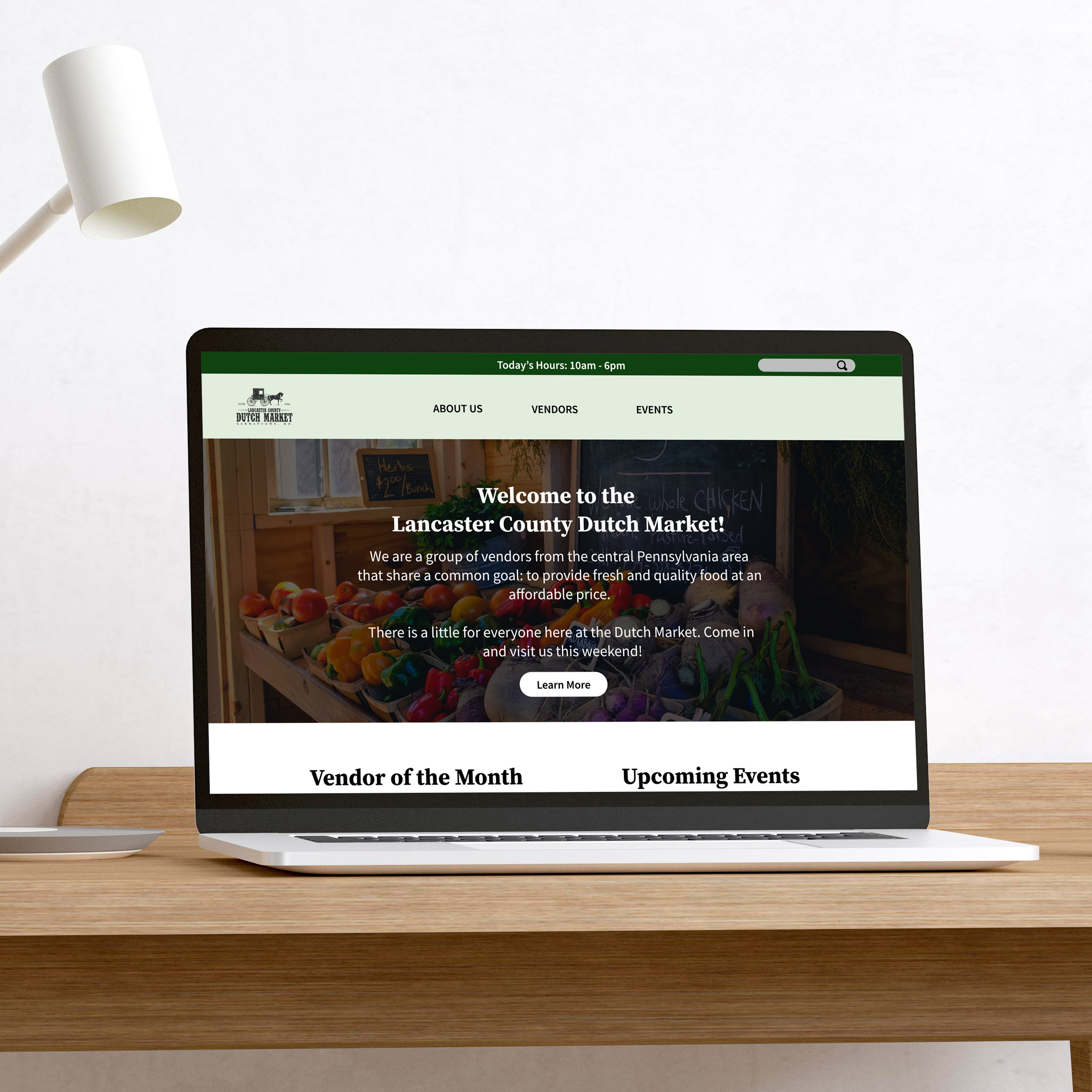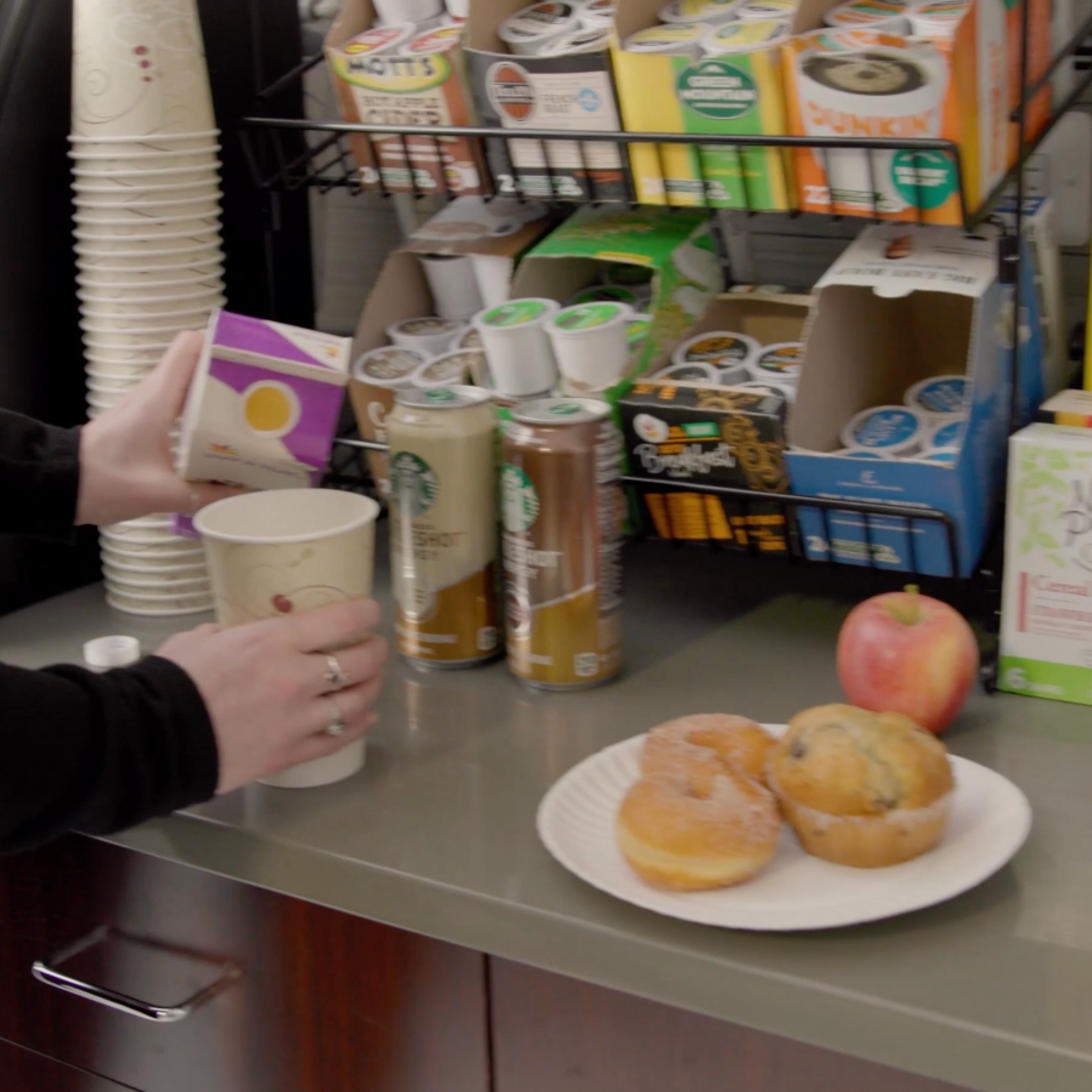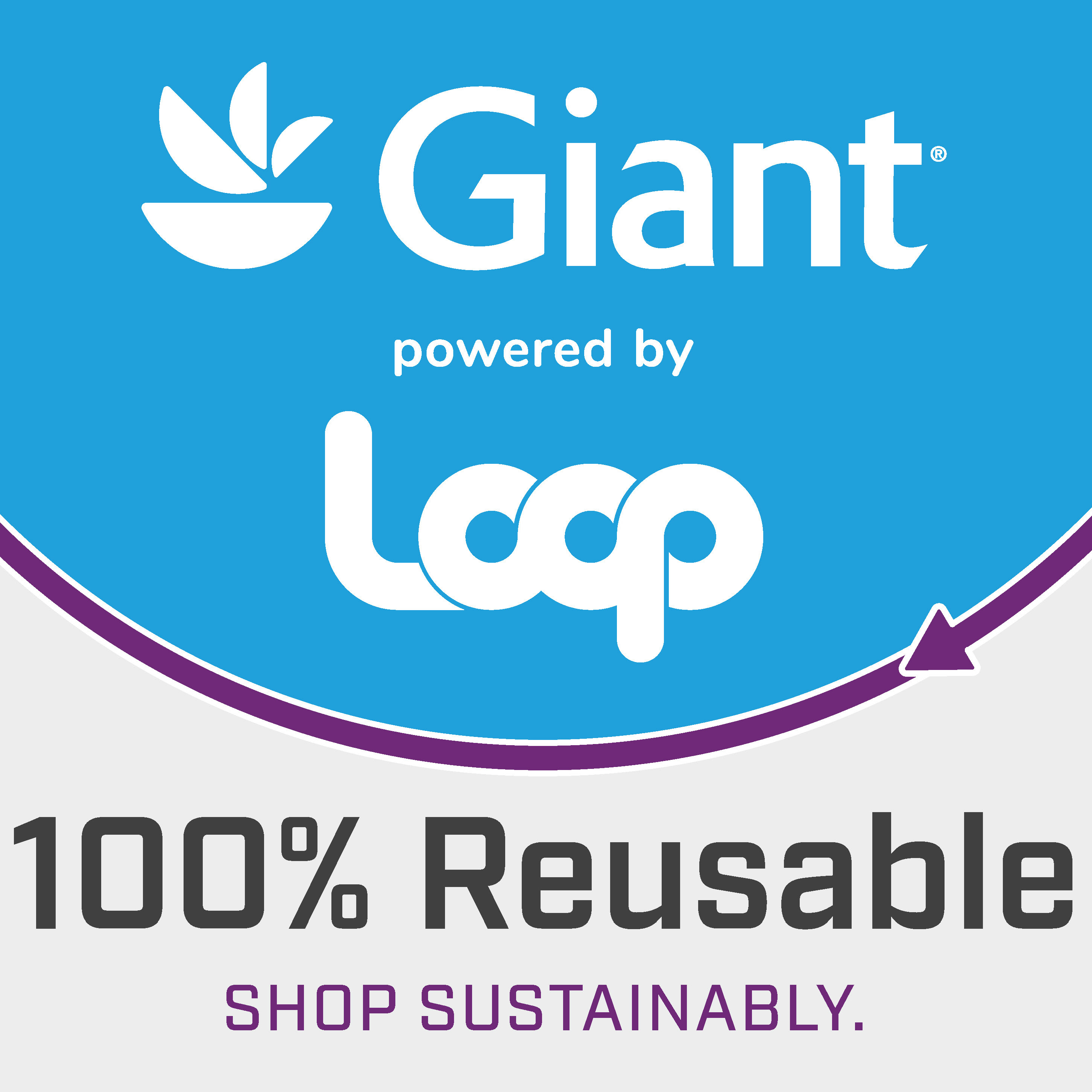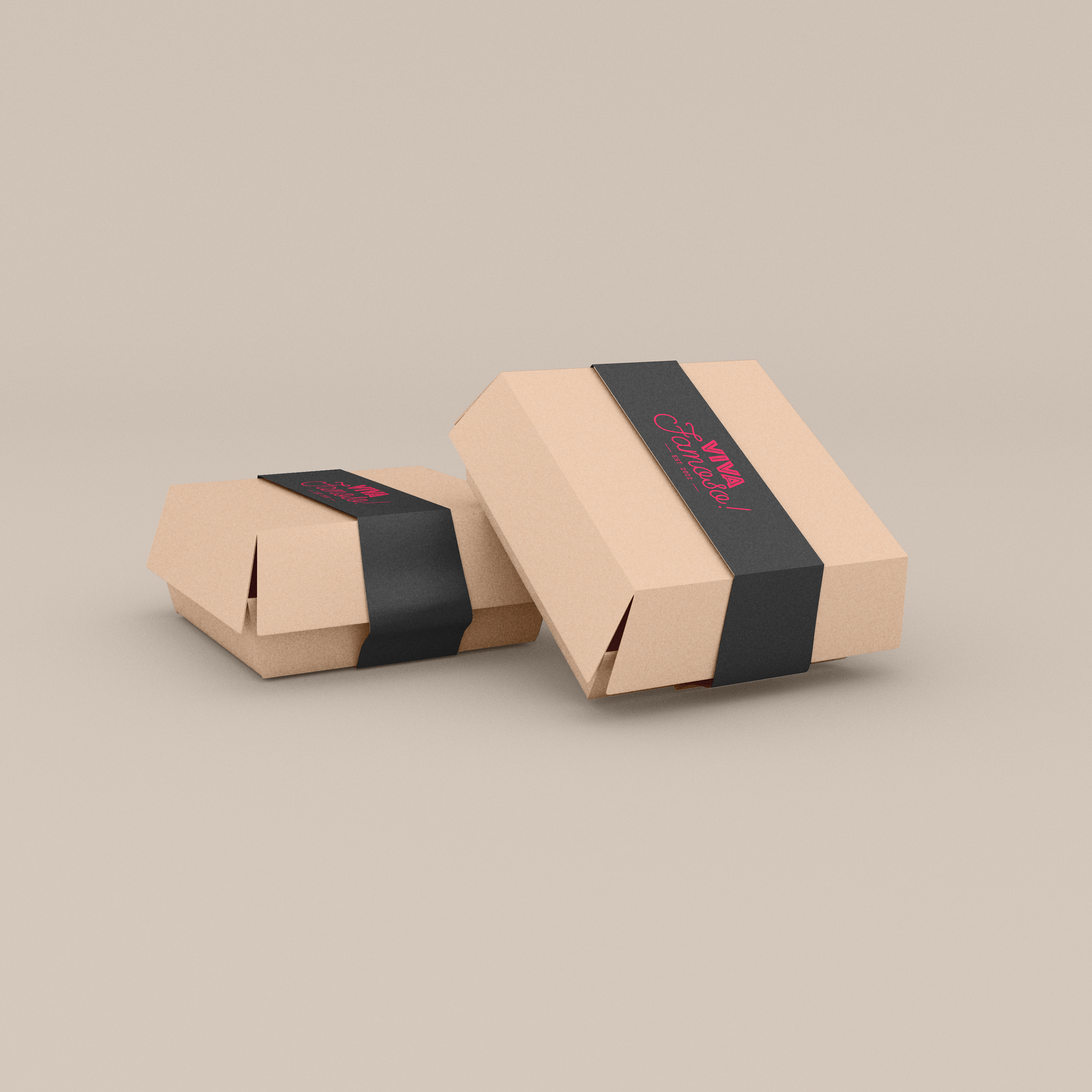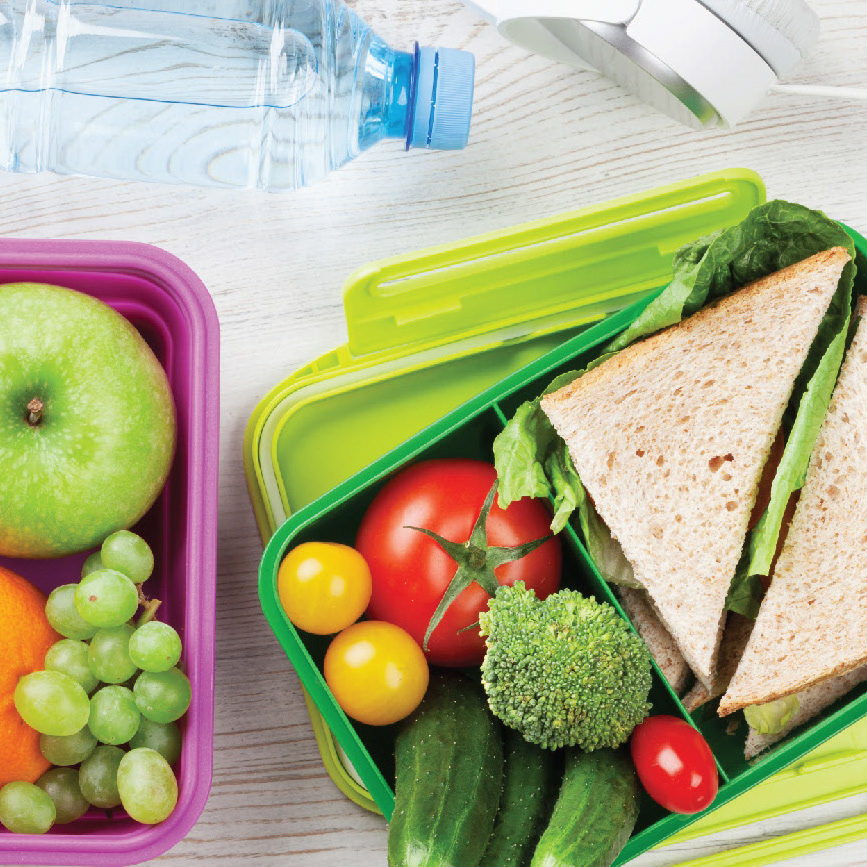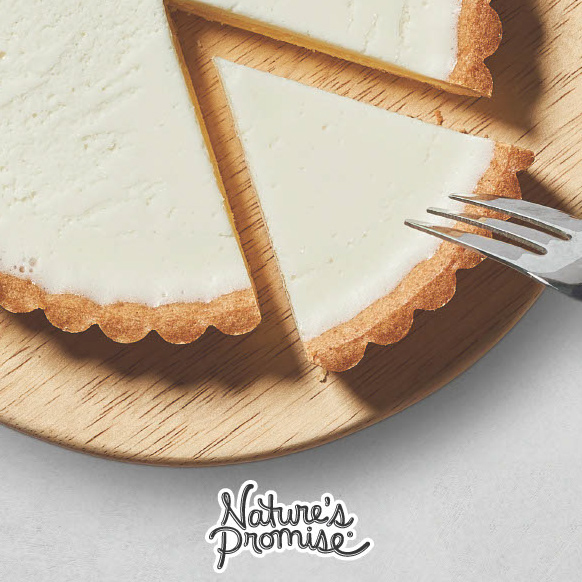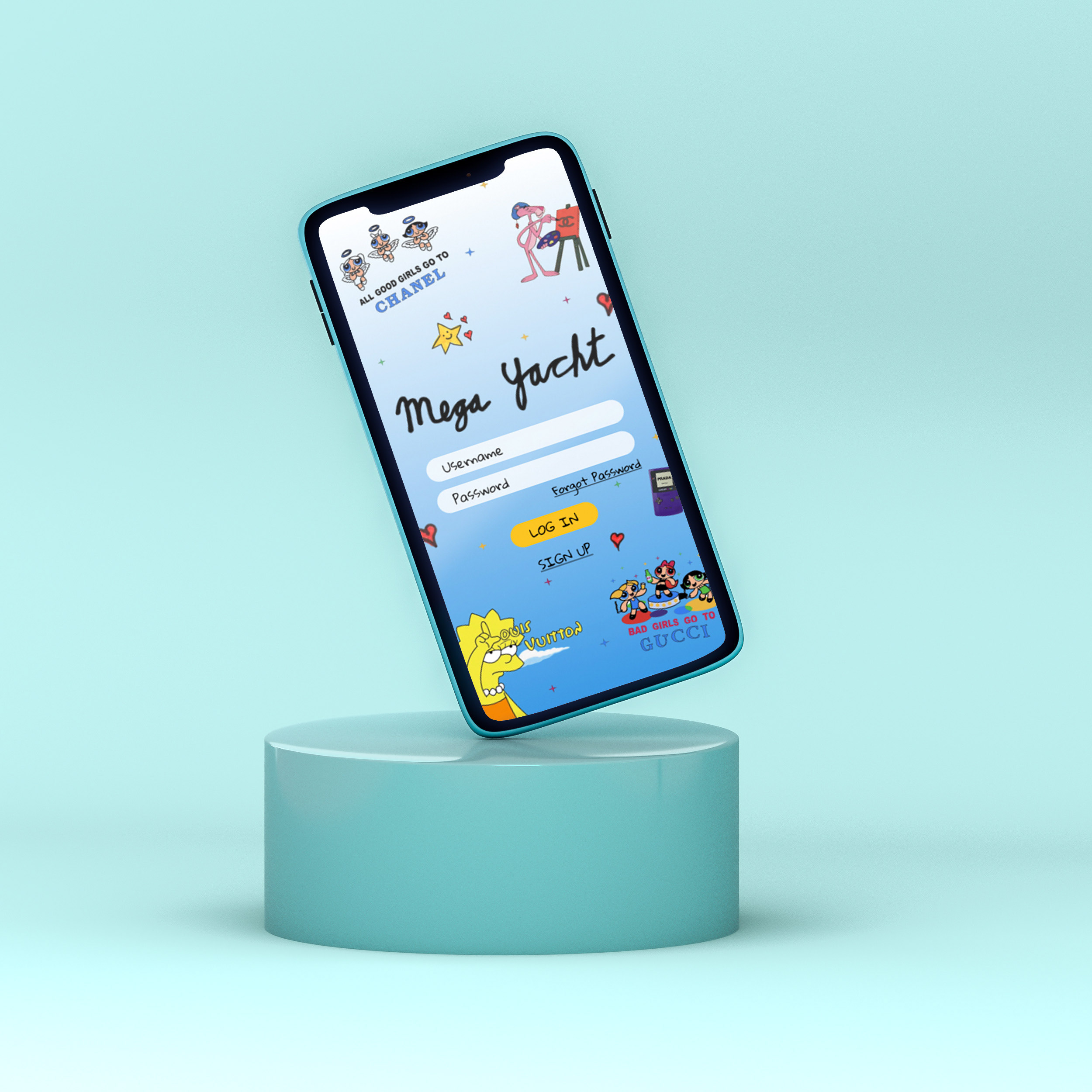Use design thinking in your daily life! Why? Here's an example of how you can solve problems using design thinking.
Design thinking is composed of 5 key steps.
Empathize - with the users
Define - the users needs, their problem, and your insights
Ideate - by challenging assumptions and creating ideas for innovative solutions
Prototype - to start creating solutions
Test - solutions
Objective
This past summer, I was a Copywriter Intern at Giant Food where I was assigned a group project with 5 of my fellow interns. Our objective was to create and execute a fundraiser within the corporate office while competing against 3 other intern groups. Each group chooses one of Giant's community partner's to support, and we have 6 weeks to raise as many donations as possible.
Empathize: To start, we asked ourselves - what do corporate office employees want to participate in? With two weeks of working under our belts, we already felt the competitive nature of the office.
Define: At our first meeting, my group decided that we would partner with the Tragedy Assistance Program For Survivors (TAPS). Our goal was to raise $500 worth of monetary donations and children's supplies.
Ideate: Next, we brainstormed ideas to reach this goal. Knowing the competitive nature of the corporate office, we settled on creating a fundraising game based on Candy Land. Thus, Giant Land was born.
Throughout the next few meetings, we ironed out the logistics of the game. To move throughout the board, teams will raise money and supplies while facing mystery cards and roadblocks. The team with the most donations at the end wins.
Creating the Game Board
Each team member was assigned a different role, and I was assigned to be the Creative Lead, making the game board and marketing flyer. Starting with the board, I drew inspiration from the original Candy Land game, while changing aspects to fit Giant's corporate office.
Prototype: Using Procreate on my iPad, I built out the green and blue background using airbrushing and textured brushes. This allowed me to create a blended environment while adding some depth. Next, I adapted the Candy Land logo to say Giant Land but kept the candy cane font and colors the same. Then I created the rainbow pathway and characters by outlining the original board. Piece by piece, I built out each area of the board to represent a part of Giant like coupons, snacks, frozen, and baked goods.
To reflect Giant Food's healthy living initiative, elements of the game board were adapted from unhealthy candy to healthier foods and snacks. For example, the "Gingerbread Tree" became the "Broccoli Tree", "Lollipop Woods" became "Produce Paradise", and "Peppermint Forest" became "Asparagus Alley". Language that is specific to Giant was incorporated, including "King Ira", the company's president.
Purple question marks represent mystery cards and red X's represent roadblocks. With 135 spaces on the board, I strategically placed 20 mystery cards and 3 roadblocks around the board to keep the game fun and challenging. At the bottom right, I added the message "by the Jolly Green Giants for TAPS" to indicate our intern team, the Jolly Green Giants, and the charitable organization.
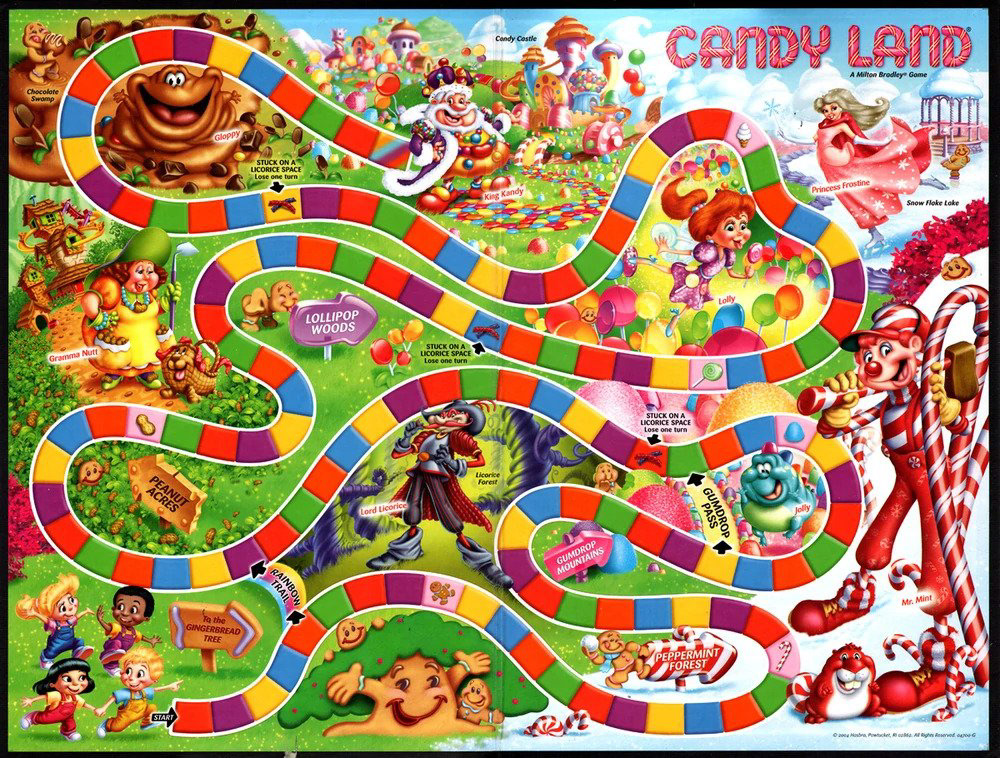
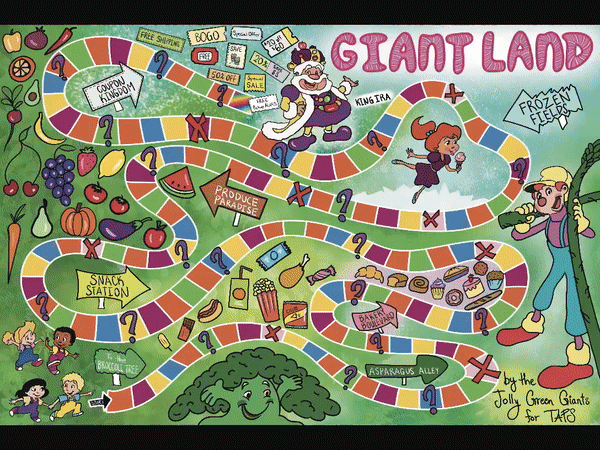
Final Game Board and Marketing Flyer
To advertise the game, I created marketing flyers on Canva, incorporating both the Giant Land game board and the TAPS logo. The purple color is part of Giant Food's branding and QR codes leading to the sign-up form and more information makes accessing information easy. These 9x11inch paper flyers were posted around the office as well as digitally on the internal communications page.
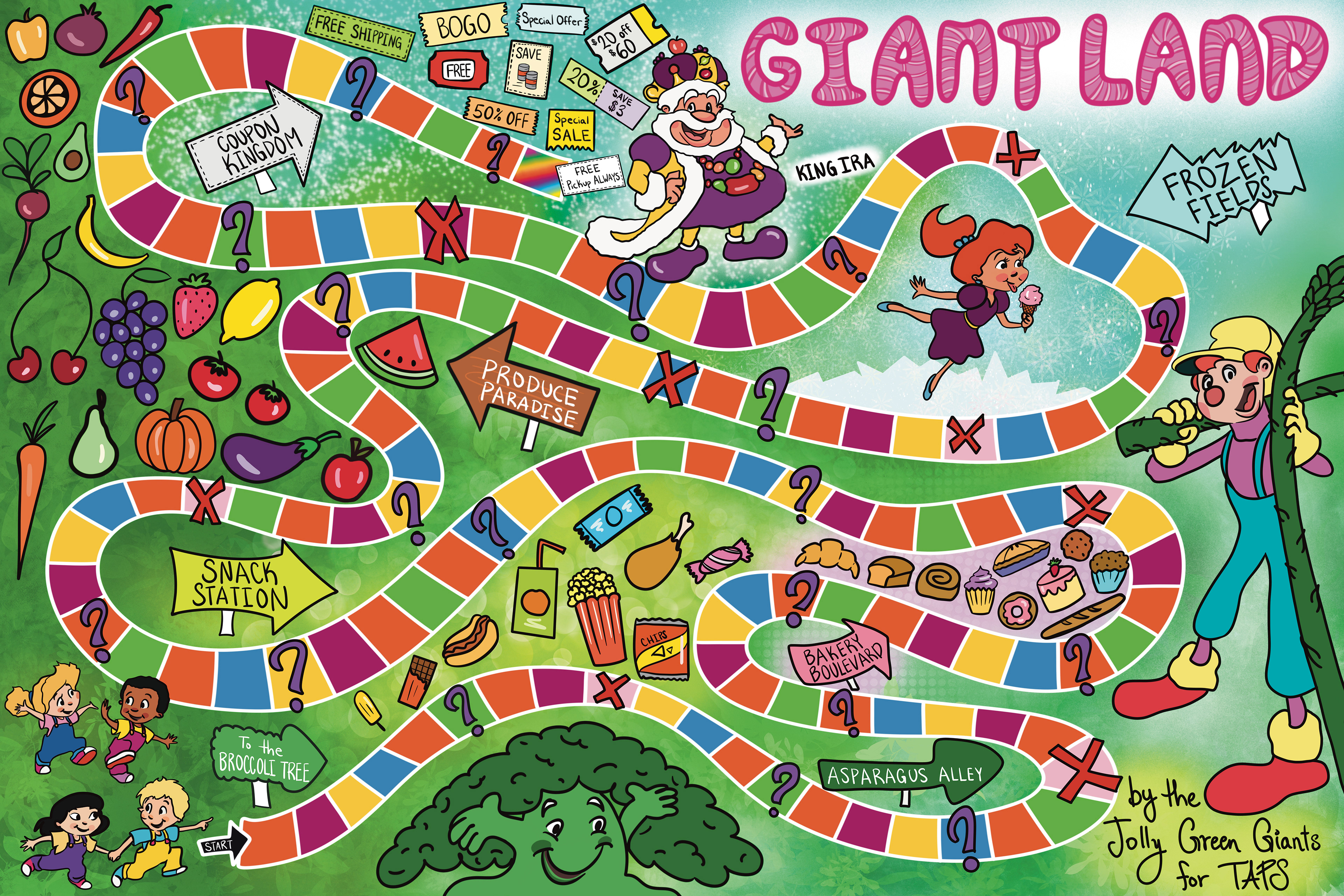
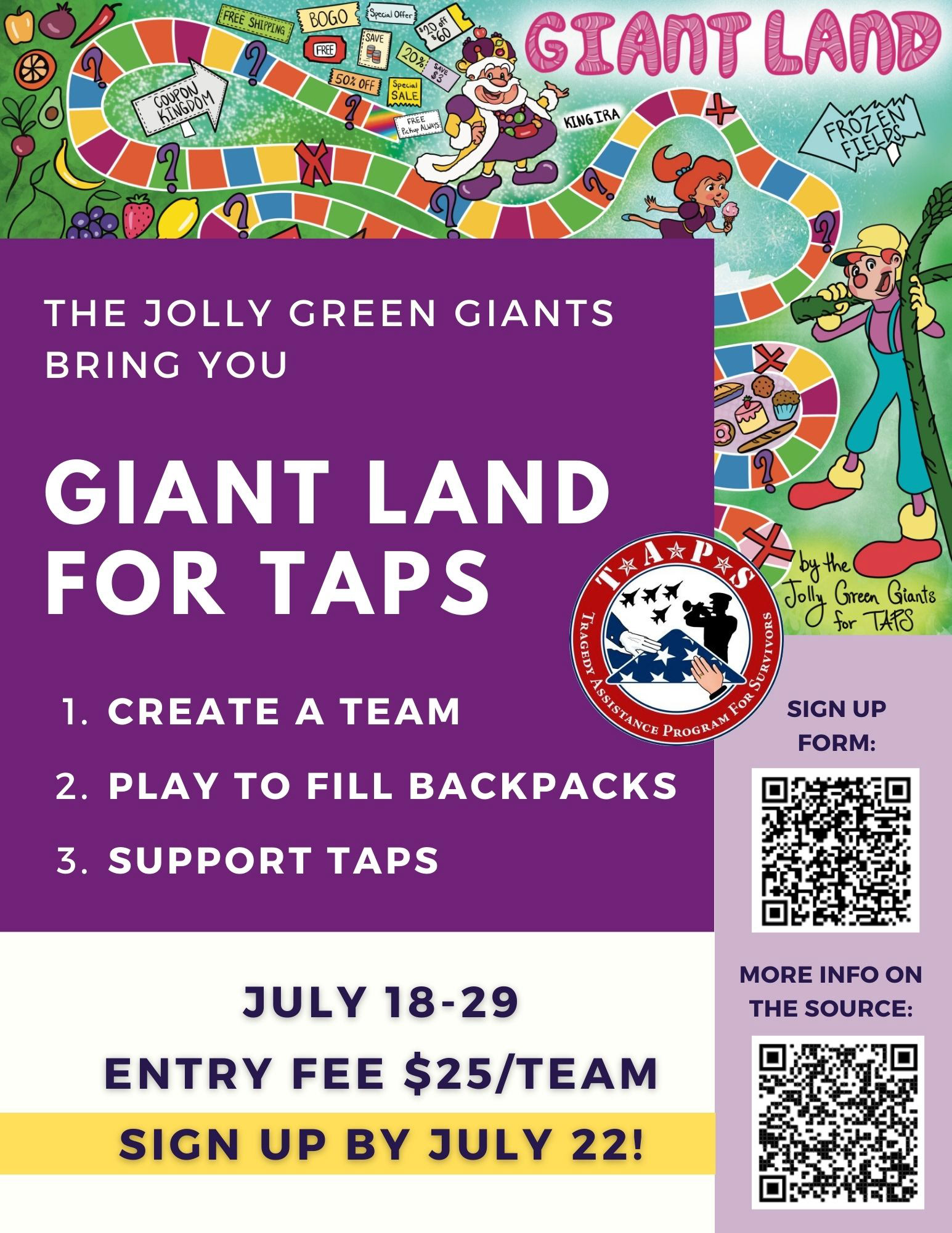
Test: The current office remained a hybrid format, with 3 days in-person and 2 days work-from-home. With this in mind, I created the Game Board to be accessible from the office or online. In the office, a 36x24 inch board hung on the Veterans Business Resource Group bulletin. As the game progressed, physical pieces moved on the board. A digital version was accessible from Microsoft Teams and was updated with pieces as they moved.
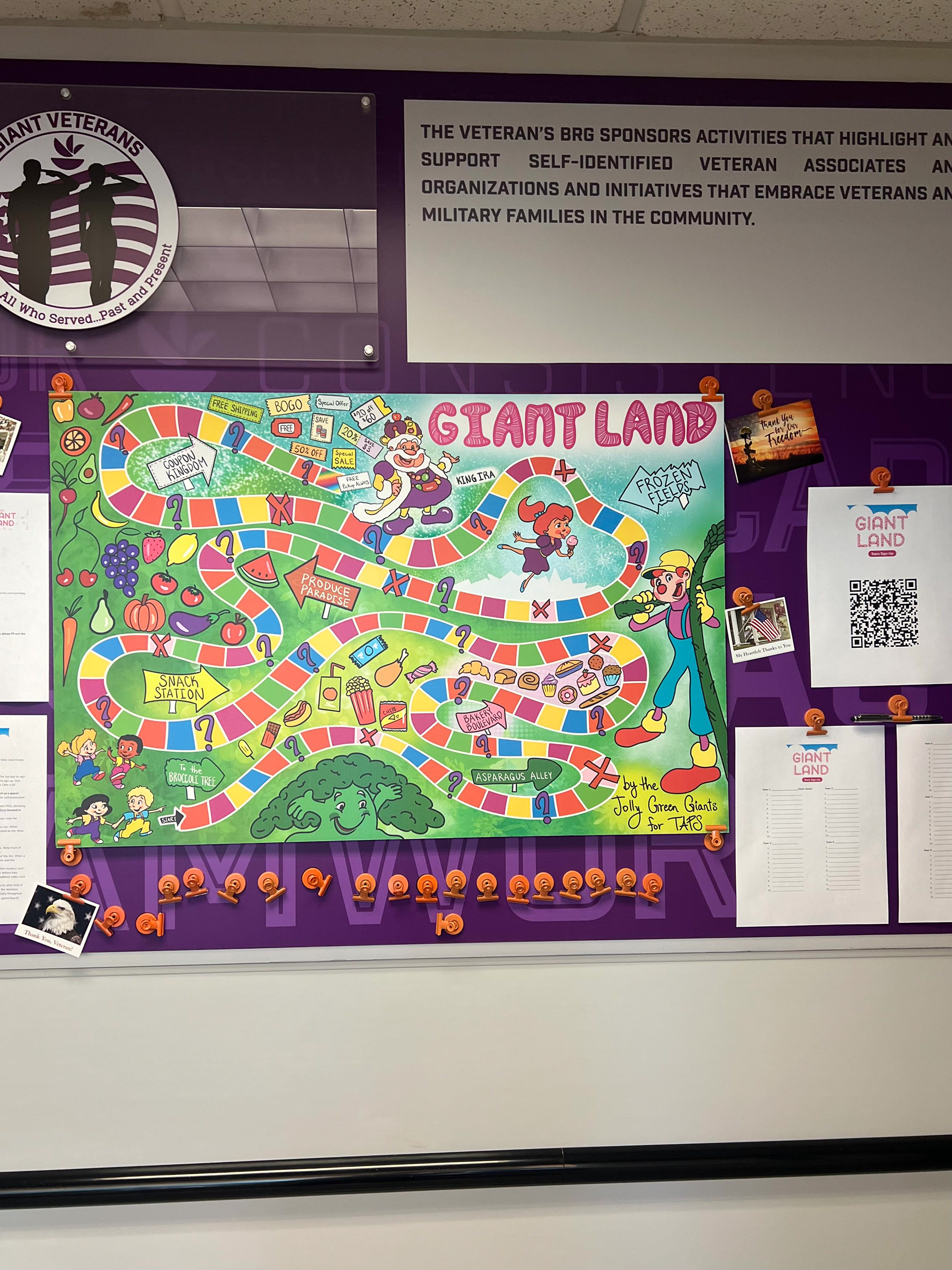

At the end of the first week, donations began to slow down. To regain interest, we decided to scale down the flyer to create mini flyers and placed them on each employee's desk.
Donation boxes with flyers were placed around the office to drive supply donations.
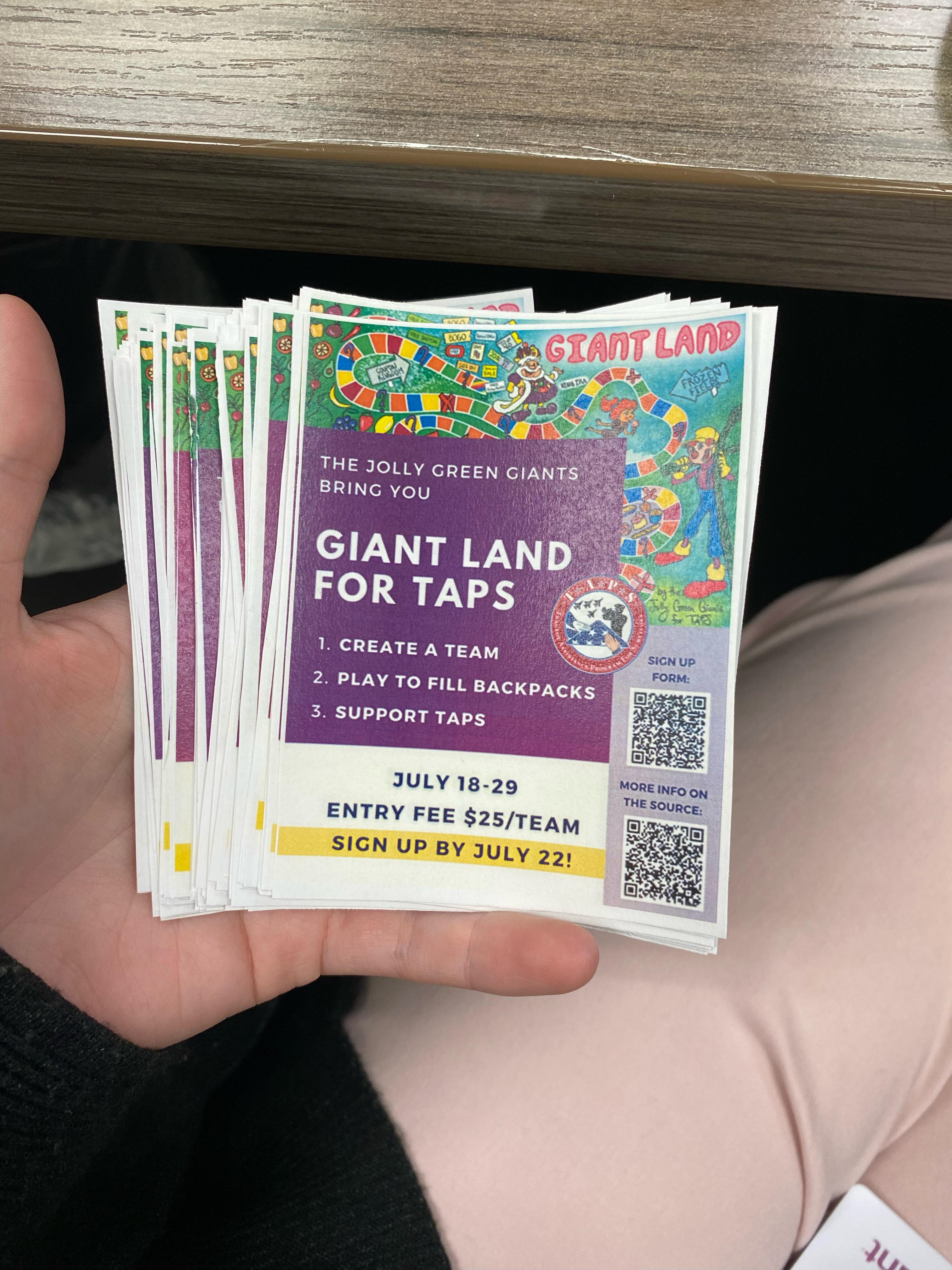
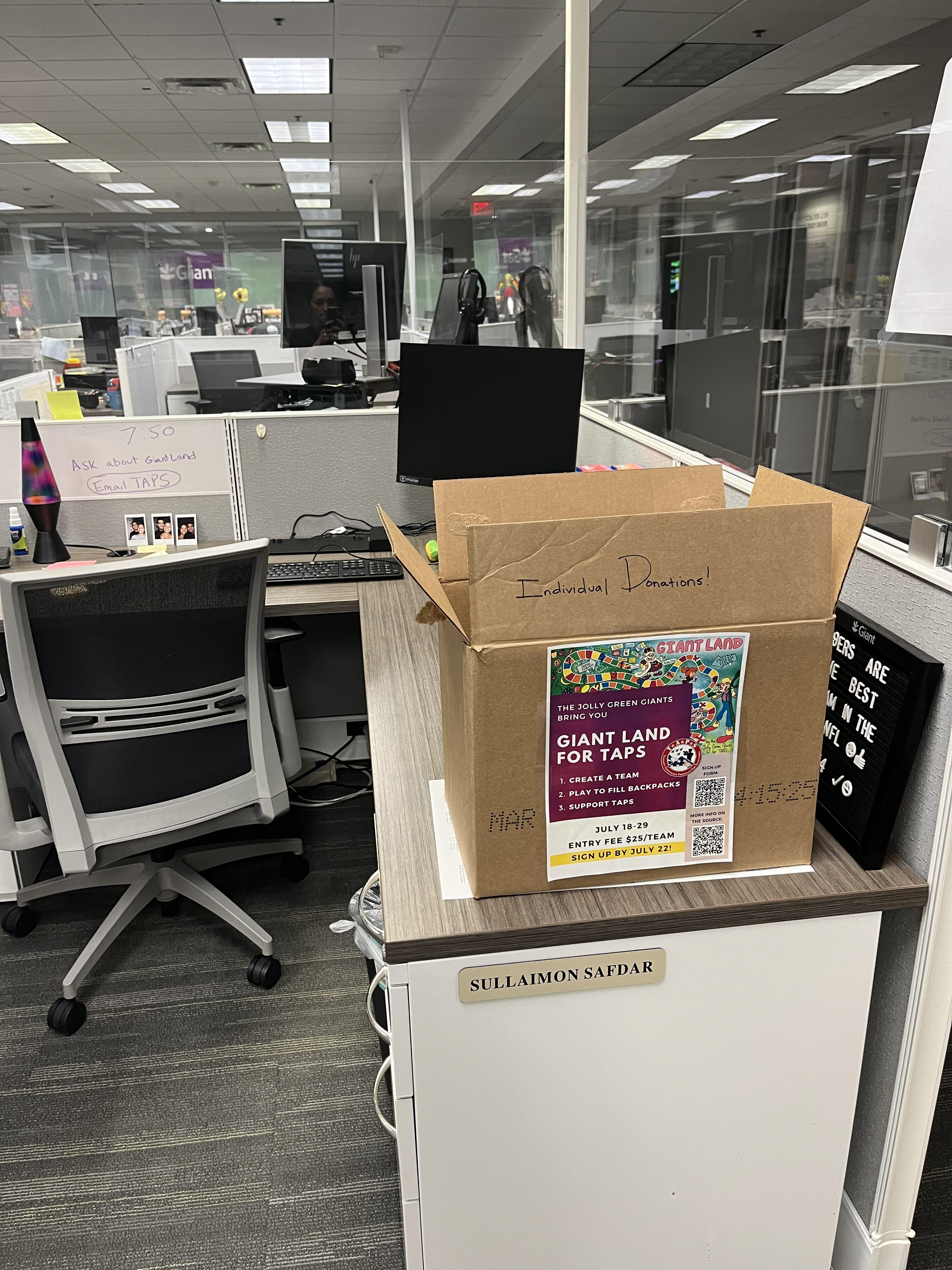
The Result
$3,605 in Monetary Donations
45 Backpacks + 270 Individual Supplies Donated
Approximately $4,730 total worth of Donations
A challenge we faced included inconsistent participation. Some teams moved too fast through the board and some teams got stuck at the beginning. Participation could be improved through clearer instructions creating a better understanding of how to play. However, the overall fundraising game was successful as we raised over $3,000 more than our initial goal, and the Giant Food employees found the game board to be memorable.
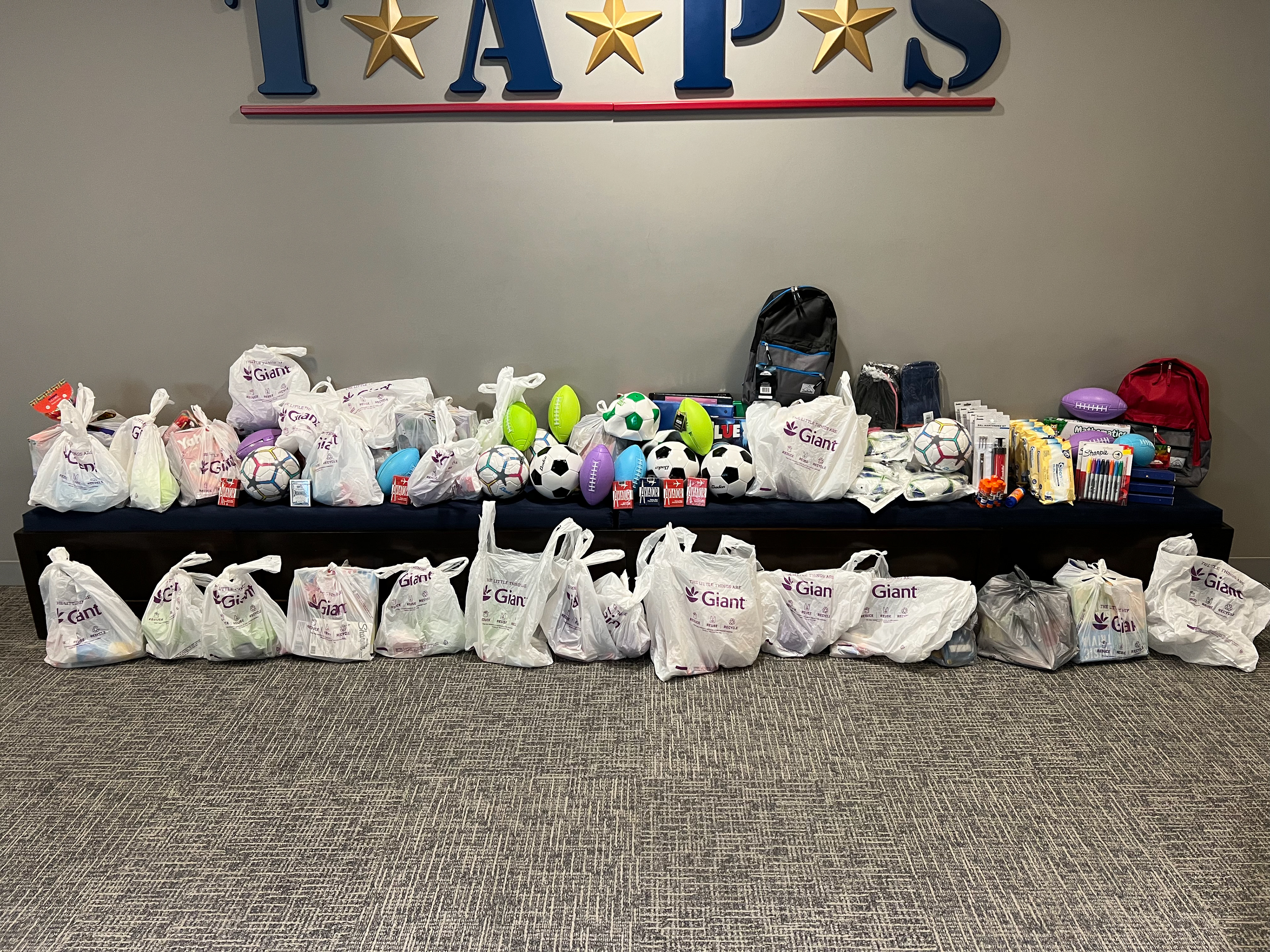
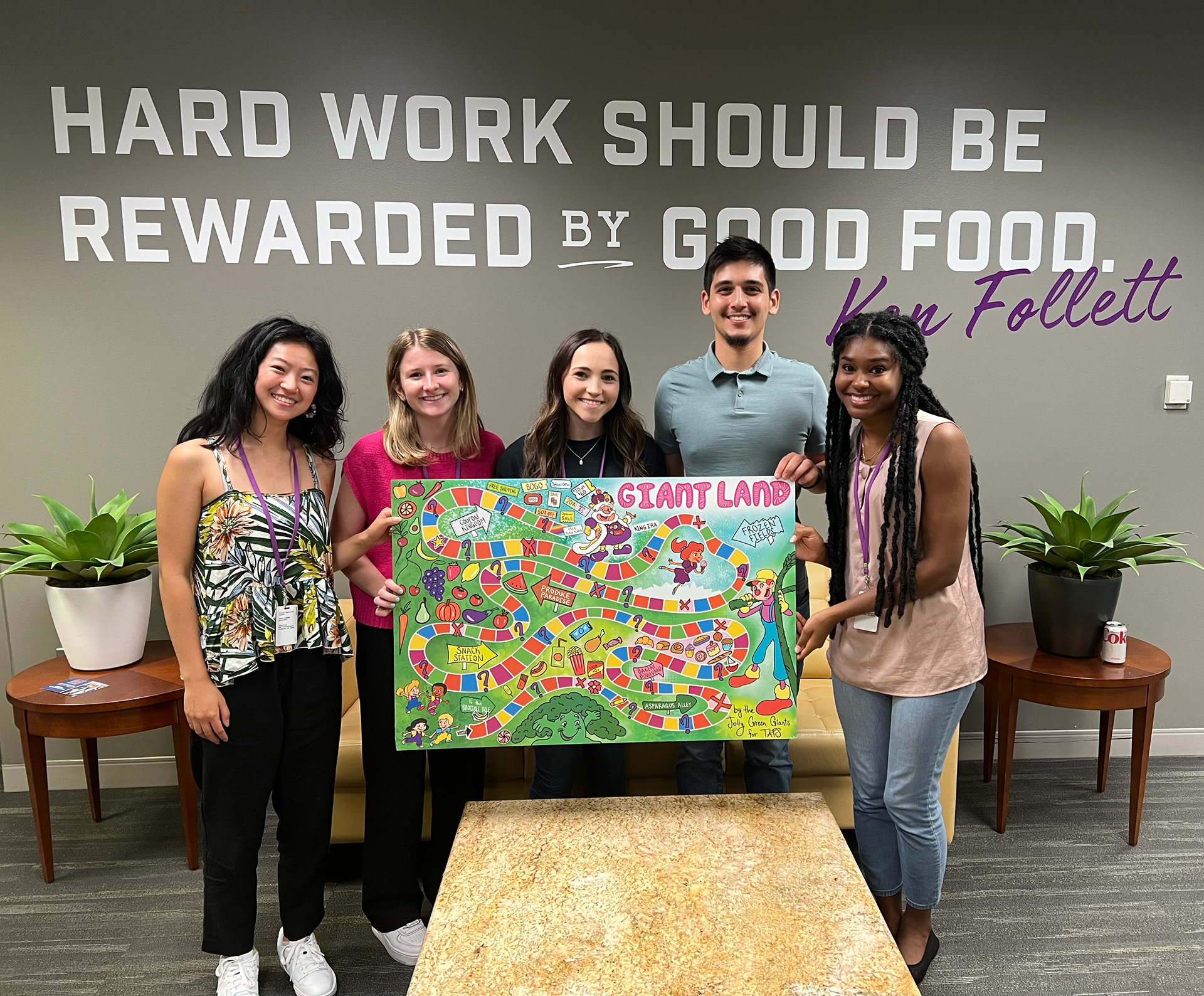
Final Group Presentation Slide Deck

